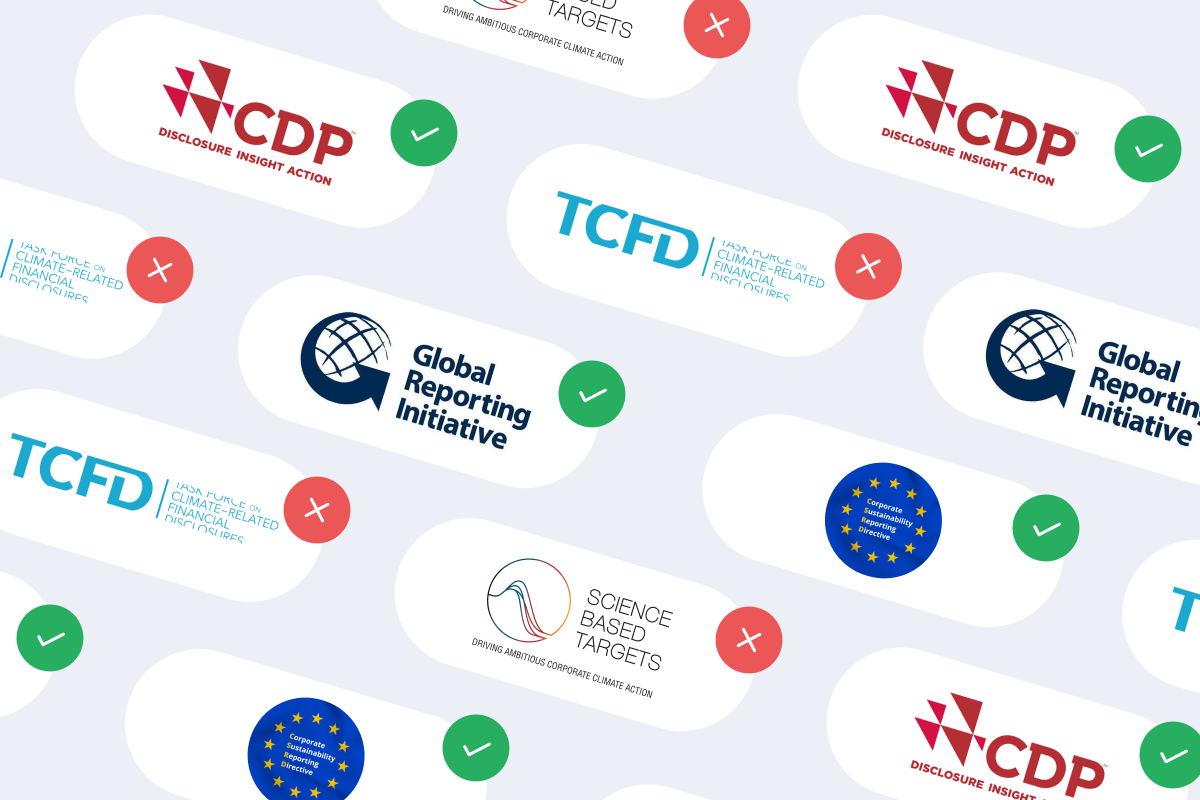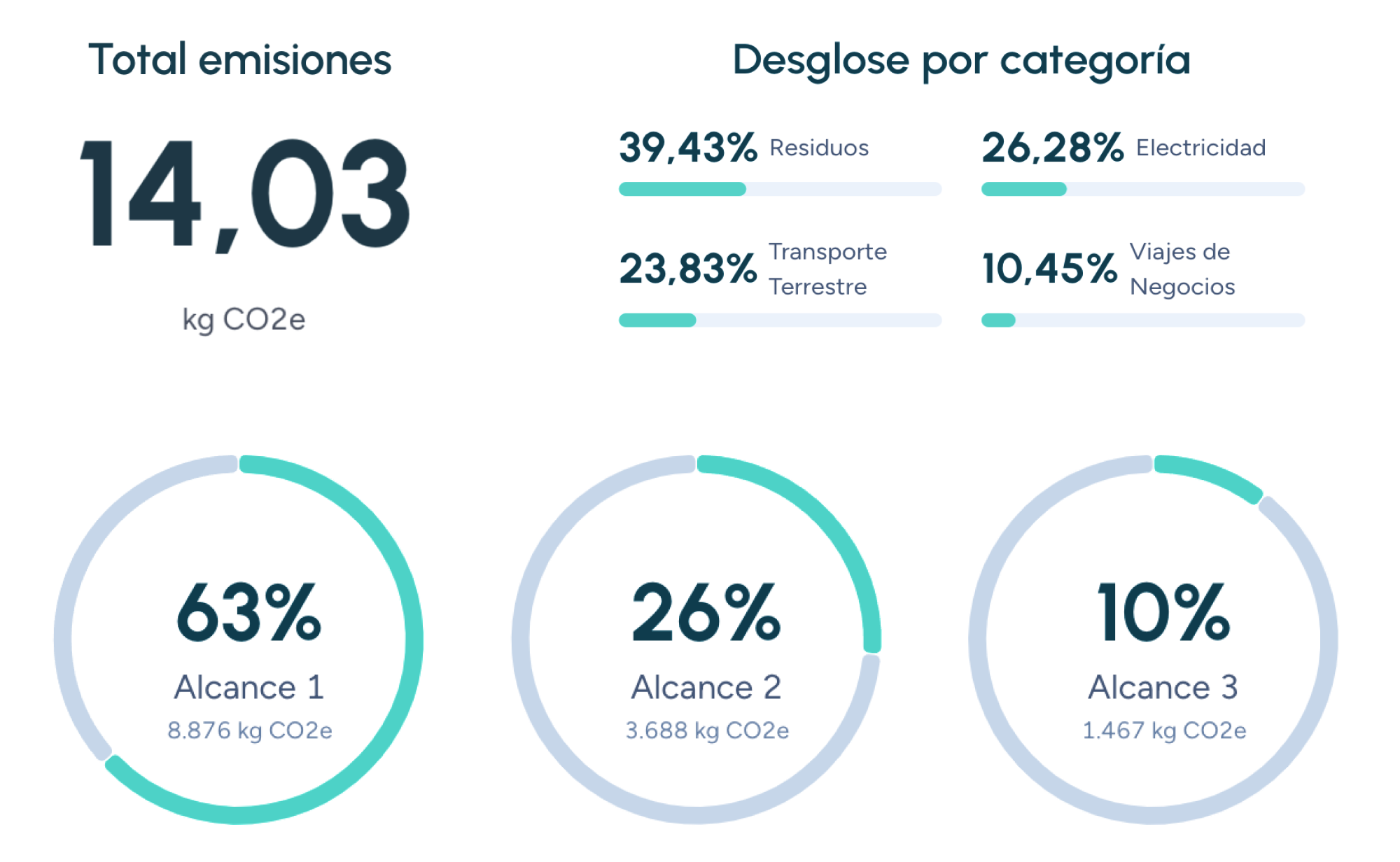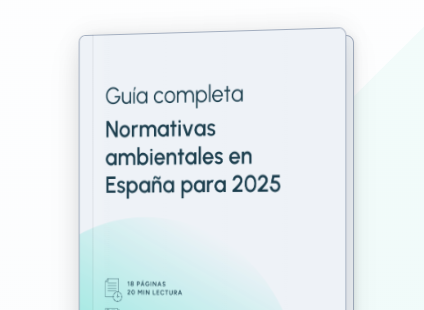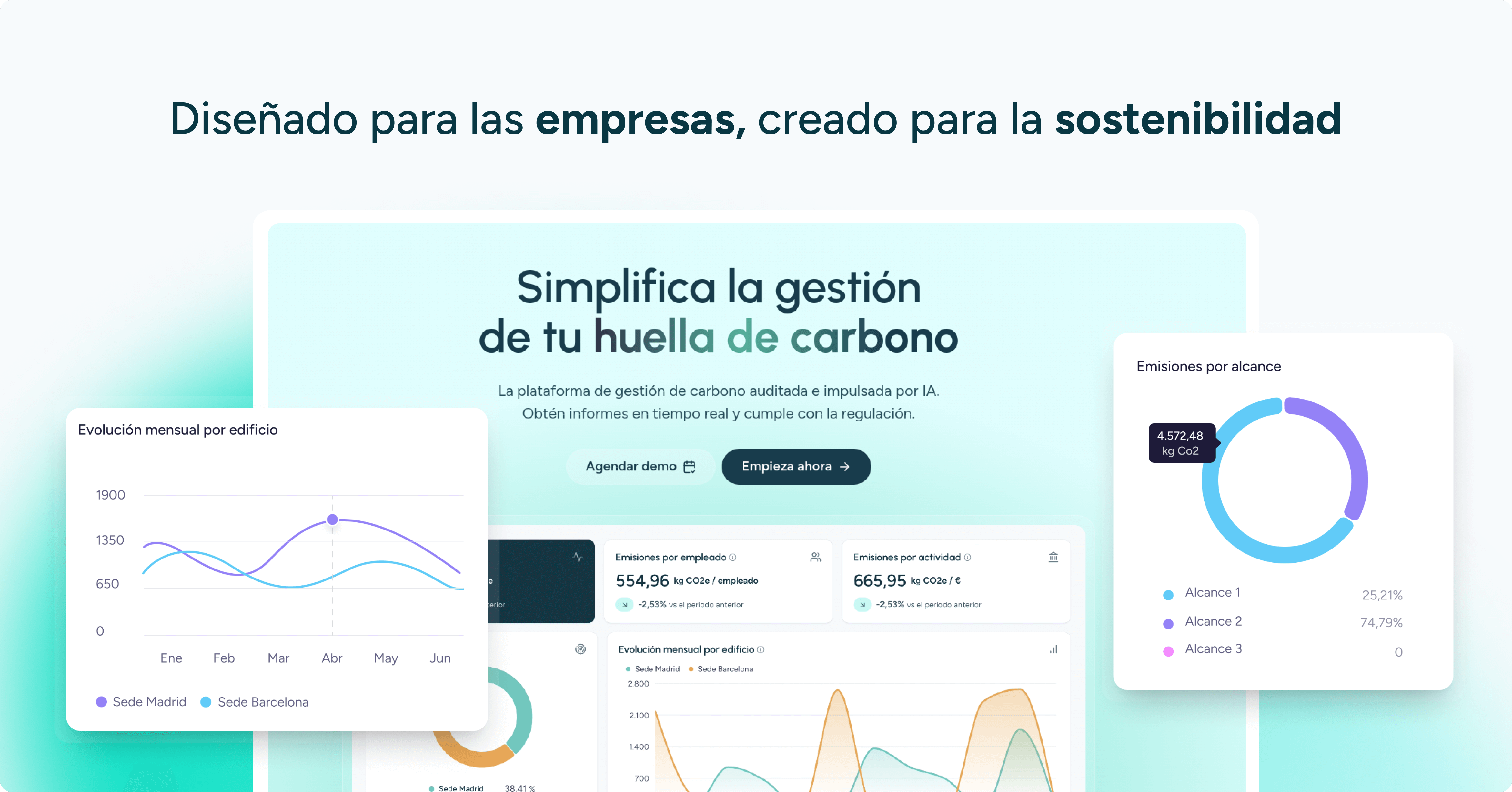Use-phase carbon footprint
The use-phase carbon footprint represents the GHG emissions generated during the utilization phase of a product or asset, excluding manufacturing and end-of-life. It is especially relevant for goods with prolonged energy consumption, such as household appliances, vehicles, or buildings.
Main components
- Energy consumption: electricity, fuels, or heat during operation.
- Maintenance: replacement of components and spare materials.
- Operational inputs: hot water, cleaning chemicals, lubricants.
Calculation
- Determine usage patterns: hours/year, service intensity.
- Measure or estimate consumption: kWh, liters of fuel.
- Apply emission factors: local electricity mix, IPCC values for fuels.
- Multiply by projected service life (years).
Reduction strategies
- Energy efficiency: high-efficiency motors, insulation, LED.
- On-site renewable energy: solar self-consumption, heat pumps.
- Behavioral programs: standby modes, efficient driving.
Indicators
- kg CO₂e/year of operation.
- kg CO₂e per service unit (e.g., wash cycle, km traveled).
- % reduction vs. benchmark (Energy Star, EU Ecodesign).
Relation to other footprints
- Complements embodied carbon to obtain total carbon footprint.
- Essential in product decarbonization and efficiency labeling.
Addressing the use-phase carbon footprint is crucial for energy-intensive products, enabling significant reductions throughout their life cycle and improving the user’s total cost of ownership.
Companies that already trust manglai














Blue Water Footprint
The blue water footprint represents the volume of surface and groundwater withdrawn from rivers, lakes, reservoirs, and aquifers to produce goods and services.
Blue Water Scarcity
Blue water scarcity is an indicator that compares the consumption of surface and groundwater resources (blue water footprint) with the availability of renewable freshwater within a river basin over a specific period.
Blue carbon
Blue carbon refers to the carbon stored in coastal and marine ecosystems, such as mangroves, seagrass meadows, and salt marshes.
Guiding businesses towards net-zero emissions through AI-driven solutions.
© 2025 Manglai. All rights reserved
Política de Privacidad


